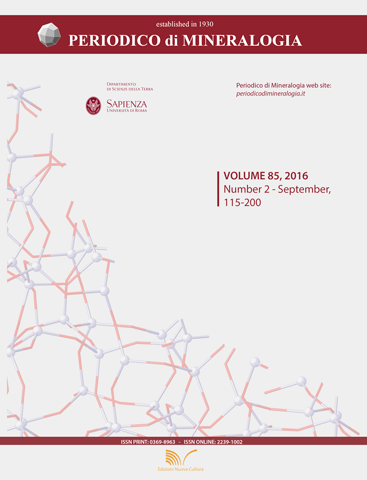Landscape construction in southern Sardinia in the 4th Millennium BC: an approach using clay procurement
DOI:
https://doi.org/10.2451/2016PM607Keywords:
ceramics, petrology, microfossils, taskspaces, intra-technological relationsAbstract
Landscape is constructed through the diverse activities of individuals in the environment that surrounds them. In this article, we address the role that coastal and lagoonal areas played in the way in which the human communities that inhabited southern Sardinia during the Final Neolithic constructed their landscape. To this end, we approach how individuals managed the mineral raw materials available in these locations and constructed taskspaces embedded in the landscape. We studied the provenance of the clays used to make diverse types of artifacts (i.e., pottery, coatings on architectural structures and loom weights) using optical microscopy based on thin-section analysis. In addition, microfossils present in the samples have been identified. The link of these archaeological materials with certain sedimentary deposits from the surrounding area enables us to suggest a close interrelationship and knowledge exchange between different technologies with respect to the possibilities of the diverse resources available in the environment and the elements that formed the landscape of these communities. Thus, the preference to exploit raw materials from lagoonal and coastal areas demonstrates that these environments became a reference point in the construction of landscape and identity in these communities.


